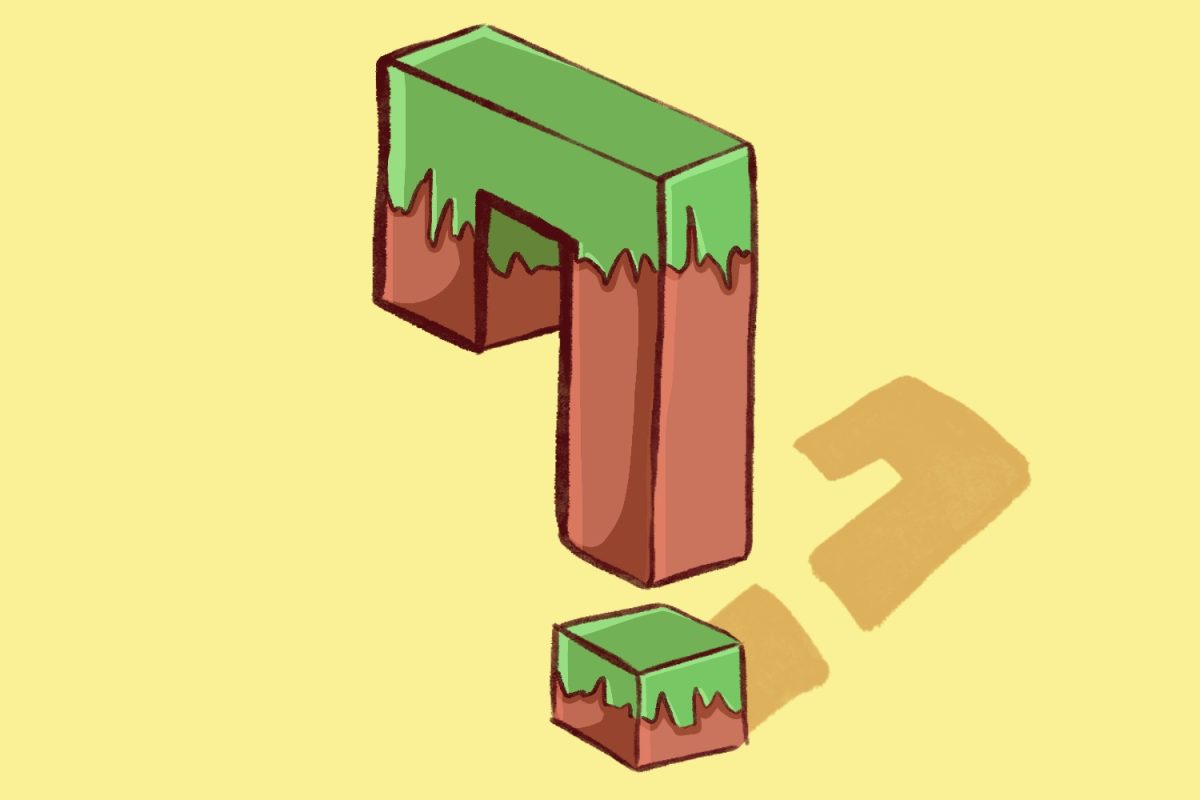Jellycats have taken over social media by bringing nostalgia and cuteness to their products, attracting viewers to collect them.
The famous plush toy company, founded in 1999, has been reintroduced into the public eye as content creators across all platforms promote and collect their products.
Jellycats come in various sizes and styles, including food products, animals, sports equipment, plants, and other objects. Whether it’s their tiny smiles or cute little arms and legs, people have been going crazy over their designs.
“I think they’re really cute. I like how they make food and objects,” said Zoey Tan, a Carlmont junior who collects Jellycats.
Jellycats are mostly sold online through their website, but many toy stores and bookstores sell them as another way for the company to make money. Regardless of having to go in person and having a smaller selection of plushies, Jellycats are just as popular in-store as online.
Michele Tambini, the store manager for Five Little Monkeys in Burlingame, California, states how well Jellycats sell in their stores.
“We probably sell anywhere between an average of 30-50 Jellycats a week,” Tambini said.
Because of the massive success of their products, some Jellycats online have gone out of stock, making certain items more difficult to collect. The lack of access has created a big market for resellers, who thrive by selling rare products and gaining profit from them.
“They Jellycats specialize in certain things and only come out with certain amounts, making them unique. Then, people buy them from us and then resell online,” Tambini said.
Not only are Jellycats famous for their products but also for their in-person experiences. In the experiences, guests buy exclusive Jellycats according to the experience’s location and overall theme.
The workers at the experiences make the whole process very interactive, emphasizing the special care and quality that they have for their guests. Experiences include The Jellycat Cafe in Shanghai, The Jellycat Diner in New York, The Jellycat Fish & Chips Experience in London, and The Jellycat Patisserie in Paris.
“I think that’s a really cute marketing skill. When I went to New York, I wanted to visit the Jellycat Diner, but I didn’t because it was so expensive,” Tan said.
Even though the plushies are super popular, they are costly and have higher prices than regular stuffed toys. A tiny bag charm costs around $20, and prices can reach over $100, depending on the product’s size. Cost is a big deal for buyers, often preventing them from purchasing Jellycat items.
“I feel like, yes, they are a little too overpriced, but that does not change how much I love them. They are still very cute, but that’s a factor of why I probably won’t get one,” said Karina Abuel, a Carlmont sophomore.
However, despite high prices, Jellycats are still being sold out online and consistently attracting viewers to buy more, thanks to their marketing experts and the release of new items.
“There’s just so many of them; they’re adorable. Every time I see them on Instagram, I wish I had one,” Abuel said.






















